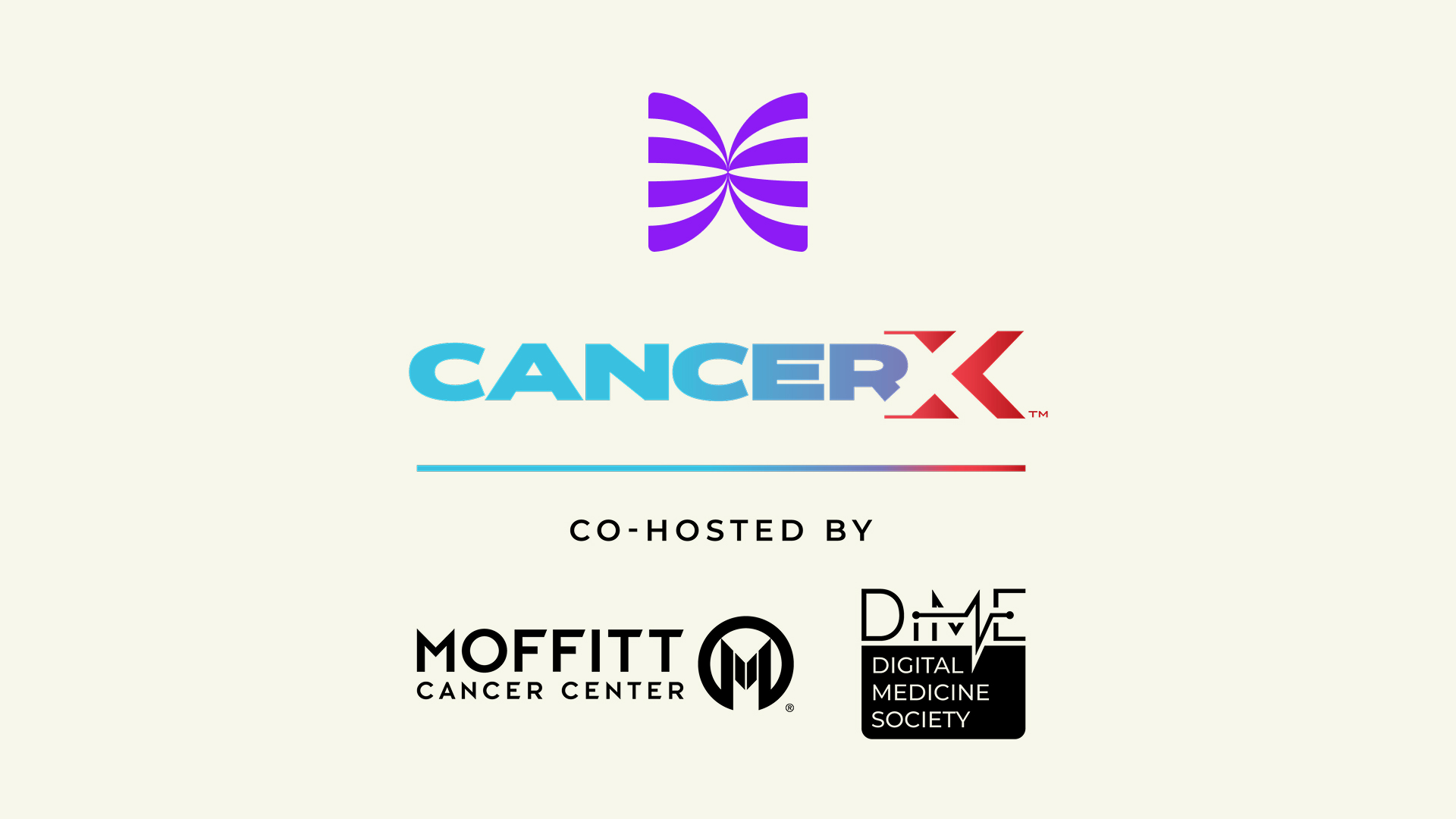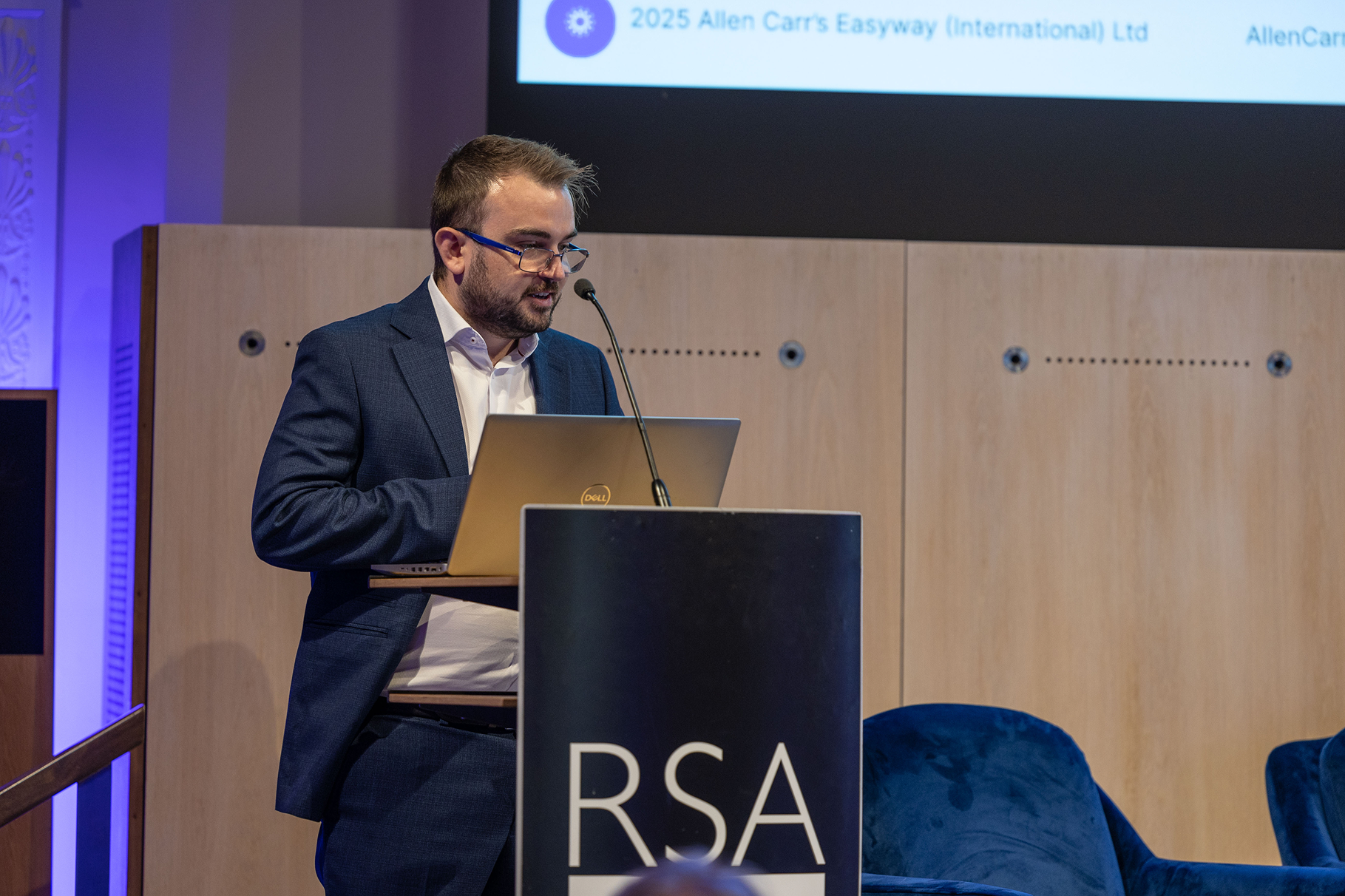.png)
Friday, July 11, 2025
A New Chapter For Cancer Care Collaboration
Friday, July 11, 2025
A New Chapter For Cancer Care Collaboration
Something was different about this year’s NHS Confed Expo.
There was a kind of electricity in the air, not just excitement, but alignment. For the first time, it truly felt like public services and industry were moving in lockstep, united by a shared mission to transform cancer care and improve patient outcomes. As leaders from across the NHS and government championed proactive, preventative approaches, it became clear: we're not just talking about change anymore, we're living it.
From reconnecting with long-time allies to speaking on the importance of early, patient-led cancer diagnosis, the conference marked a full-circle moment for C the Signs. This wasn’t strategy on a slide deck; it was a collective working in action, pulling together with purpose.
Our CEO, Dr Bea Bakshi, was invited to speak on the panel ‘Project Zero - Enabling a World Leading National Cancer Plan’, and these were the highlights…
Primary care: The front door to detecting cancer
Over 90% of clinical contact happens in the NHS. It’s the first place for patients to voice symptoms and for doctors to make decisions on next steps.
Early diagnosis depends on what happens at the front door. But with cancer, symptoms are often subtle, and GPs are making decisions with limited data, time, and an overwhelming range of possible conditions to consider.
We know that when patients are diagnosed with cancer, screening programmes pick up around 5% of cancers. This translates to 95% of patients presenting with symptoms to primary care, or, in the worst cases, to emergency care. We also know that by the time patients present to emergency care with symptoms, their odds aren’t good.
We can’t solve for timing; time to diagnosis and time to treatment. But we can work on the front door to cancer diagnosis: primary care.
If we know that 95% of patients are going to their GP with a combination of worrying symptoms, and we know that if we diagnose patients in the early stages (stages 1 and 2), then we know we can affect the outcome for those patients.
But a lot of the challenges surrounding how we think about change–either in infrastructure or developing technologies like artificial intelligence (AI)--must meet people where they are. We can’t implement something to induce behavioural change, but ask all patients to consume healthcare instructions in ways that we, as GPs, healthcare professionals, and government, dictate to them. Instead, we need to follow the roadmap of patients and how they consume healthcare.
What are we really doing to change decision support for patients in the 10-minute window they have to express their concerns to their doctor?
How are we giving the patient the best chance to have a cancer diagnosed in that first appointment with their doctor?
That is the space C the Signs exists in to help enable decision support for that GP sitting across from their patient with worrying symptoms, symptoms that don’t fit into a single box, non-specific symptoms that seem vague but cause the doctor to pause.
We’re asking a lot of patients, and we’re asking even more of doctors.
Here’s the real scenario for primary care doctors
You’re a GP and your 20th patient of the day comes in for their 10-minute slot with you. They sit down and tell you they feel a bit tired and have some nausea and indigestion. You don’t have time to review their entire electronic medical record, and after discussing their symptoms, you now have 5 minutes left to gather as much information as possible about their family history, lifestyle, and behaviour. You now have 30 seconds left to make a decision. Do you send them away or find the local cancer pathway they need to go on for the diagnostic tests you think might be beneficial? Which pathway? They have some fatigue and a bit of nausea?
You’re also wondering if you can access a CT, MRI or endoscopy. Would a FIT test be appropriate to get the patient onto a direct referral pathway? Do these symptoms fall under an urgent suspected cancer referral? Is it a non-urgent referral?...10 seconds left before your next patient arrives.
We forget that doctors are human, and it’s not easy to compute this pattern recognition, particularly in a 10-minute window. We need to make all of this information available for doctors as fast as possible.
So when we talk about technology as a source of innovation, it’s important to note that the problem isn’t necessarily usage, it’s implementation.
One of the hopes of AI is that it will democratise healthcare - what do we do to make sure that happens instead of exacerbating inequalities in healthcare?
For C the Signs, servicing primarily the front door of primary care, we have conducted 400,000 risk assessments, and with this, have helped diagnose 50,000 patients with cancer. This includes over 50 different cancer types. But what’s important here is that C the Signs doesn’t bias patient demographics.
We have detected cancer in patients aged 0 to 94.
For ethnic minorities and socio-economic deprivation, C the Signs has detected more patients of colour than those patients detected outside of C the Signs. We didn’t understand why.
The algorithm isn’t programmed to detect more cancer incidences in people of colour, but we must consider the unconscious biases. It’s a hard truth that a patient of colour is less likely to be diagnosed by a clinician, as is a patient from a deprived socio-economic background. These demographic groups are also more likely to present to their doctor with symptoms up to 3-5 times more often than their white counterparts before being referred for cancer detection and placed on an urgent suspected cancer pathway.
We need to ask what we are comparing the AI to when we discuss efficacy.
Doctors currently have a 54% sensitivity in detecting cancer, which means around 1 in 2 patients who present with a suspected cancer are going to be diagnosed. C the Signs has a 99% sensitivity for cancer detection.
This translates to a huge opportunity to automate the way cancer is detected in primary care and ultimately improve the efficacy of early cancer detection for all ages, ethnic groups, and socio-economic statuses.
Technological innovation, including AI has the opportunity to help doctors make the right decision and the right time, as well as meet patients where they are when they make the brave decision to book that doctor’s appointment and share their concerns.
Will the NHS raise tools for digital technologies like AI to enable early diagnosis?
We’ve seen fantastic adoption of AI in the NHS, and our question is, how do we get the patients into these innovative pathways? A lot of what C the Signs is doing is population screening. We recently conducted a study with the Mayo Clinic in the United States on 1 million patients. The study found that C the Signs could identify 1 in 4 cancers up to five years before a doctor’s diagnosis. This was purely utilising the patient’s electronic data, before even speaking to the patient. This shows that there’s a huge opportunity to use AI to help identify patients at risk of cancer before symptoms appear.
A benefit worth mentioning for health care systems, is that the AI software is cheap. This means that a wealth of patients can be identified at a low cost before symptoms emerge, to get them into the right cancer diagnostic pathways across tumour types. This benefit cascades to benefits in cancer stage migration and stage shift: diagnosing patients at the earliest possible stage for the best possible outcomes.
It's wonderful to see the forward momentum in innovative technologies like AI being adopted, with a government that is pro-innovation and pro-adoption of innovation. This sentiment was reinforced by the Right Honourable Wes Streeting MP at NHS Confed, when he spoke about the importance of investing in healthcare and innovative technologies.
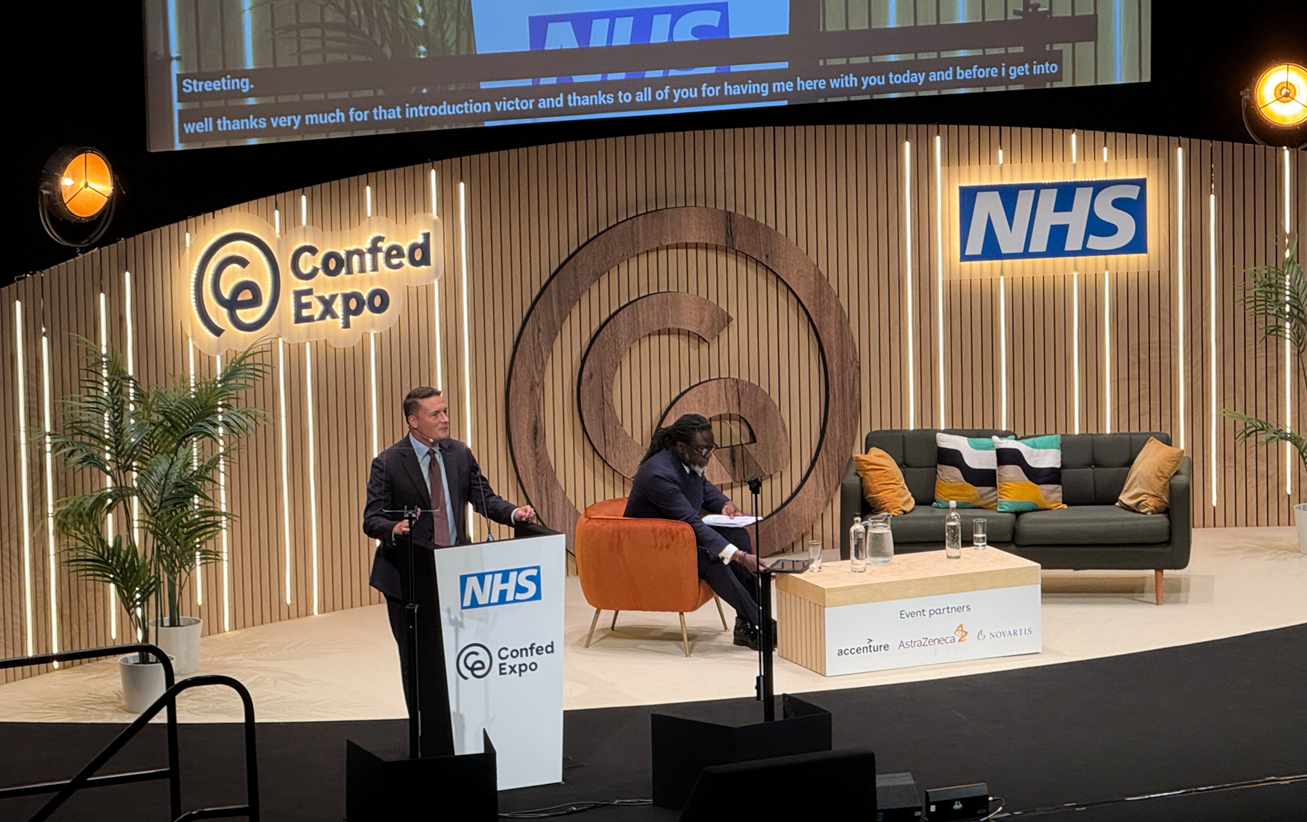
Challenges we foresee in adopting innovative technologies like AI into the NHS.
The biggest challenge we see is in the accountability of adopting these innovative technologies into the healthcare system. We’re in an age of innovation where technologies are consistently being created and put forward to decision makers, but we need to ensure the effects of these technologies are being measured.
We must show proof that X will, in fact, equal Y, and these are the results in black and white.
Data-driven and evidence-led evaluations of innovative technologies are the fastest way to filter out which technologies are good enough to implement in our healthcare systems.
Specifically with cancer, we need to be forward-thinking about how to effect change. If one in 2 people will be diagnosed with cancer in their lifetime, and according to the Darzi report, ‘The UK has appreciably higher cancer mortality rates than other countries. No progress whatsoever was made in diagnosing cancer at stages 1 and 2 between 2013 and 2021’, surely innovative technologies like AI can act as a new way to approach cancer…we certainly can’t do worse.
Giving innovative technologies a go
At C the Signs, we always say that the first deployment isn’t our success metric.
Success is getting to implement C the Signs in year 2, year 3, year 4 and beyond. It has to be a long-term success grounded in building relationships with ICBs, PCNs, primary care practices, and all relevant stakeholders, making the decision about implementing C the Signs across the country.
We’re fortunate to have around 10,000 healthcare professionals across primary care who use C the Signs, but what surprises us is that when we speak to ICBs commissioning C the Signs is that important stakeholders like the primary care doctors, nurses and other healthcare professionals themselves aren’t brought to the table for the initial discussion. We ask ICBs to include stakeholders in the first discussion to understand if this is a technology they actually want. Do they think it would be beneficial to their daily practice? Do they think this technology will help them?
The people using innovative technologies like C the Signs need the opportunity to voice their pain points, their objections, and their concerns, because there’s an additional cost, not in money, but in time, workload and infrastructure to consider when implementing a new technology into healthcare. Implementation must reach everyone that it comes into contact with, from the first discussion to implementation, to evaluation and beyond. So getting the right people in the room for the initial discussion is integral.
.jpg)
What do we want to see in the 10-year cancer plan?
We would love to see incentives specifically for stage 1 and stage 2 cancer diagnoses. In primary care, the leading incentive is to maintain a cancer registry, and whilst we have the 28-day and 62-day pathways, the question becomes how do we think about incentives that follow real patient outcomes rather than operational incentives?
So the real change we want to see is fixing the front door to cancer: primary care.




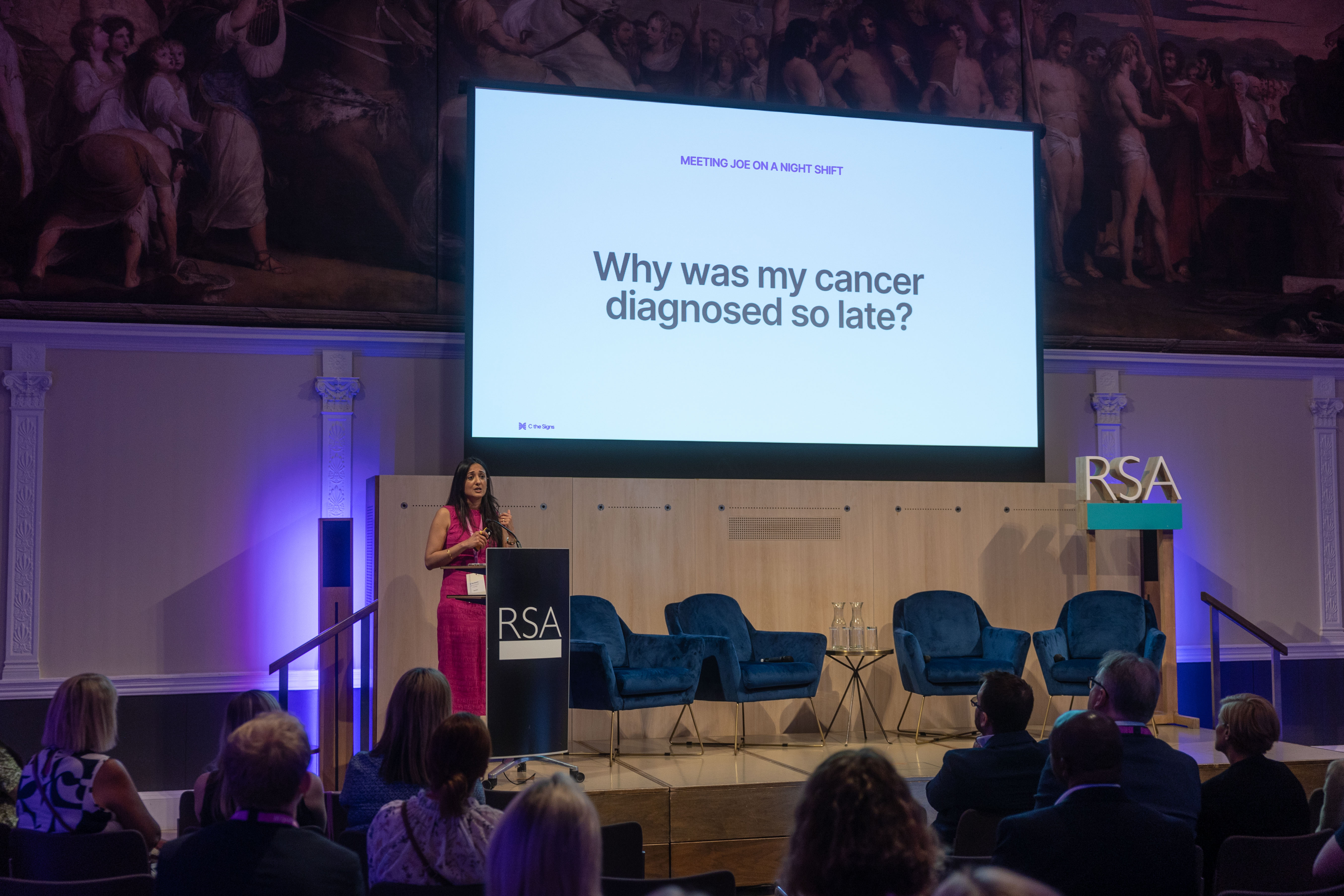
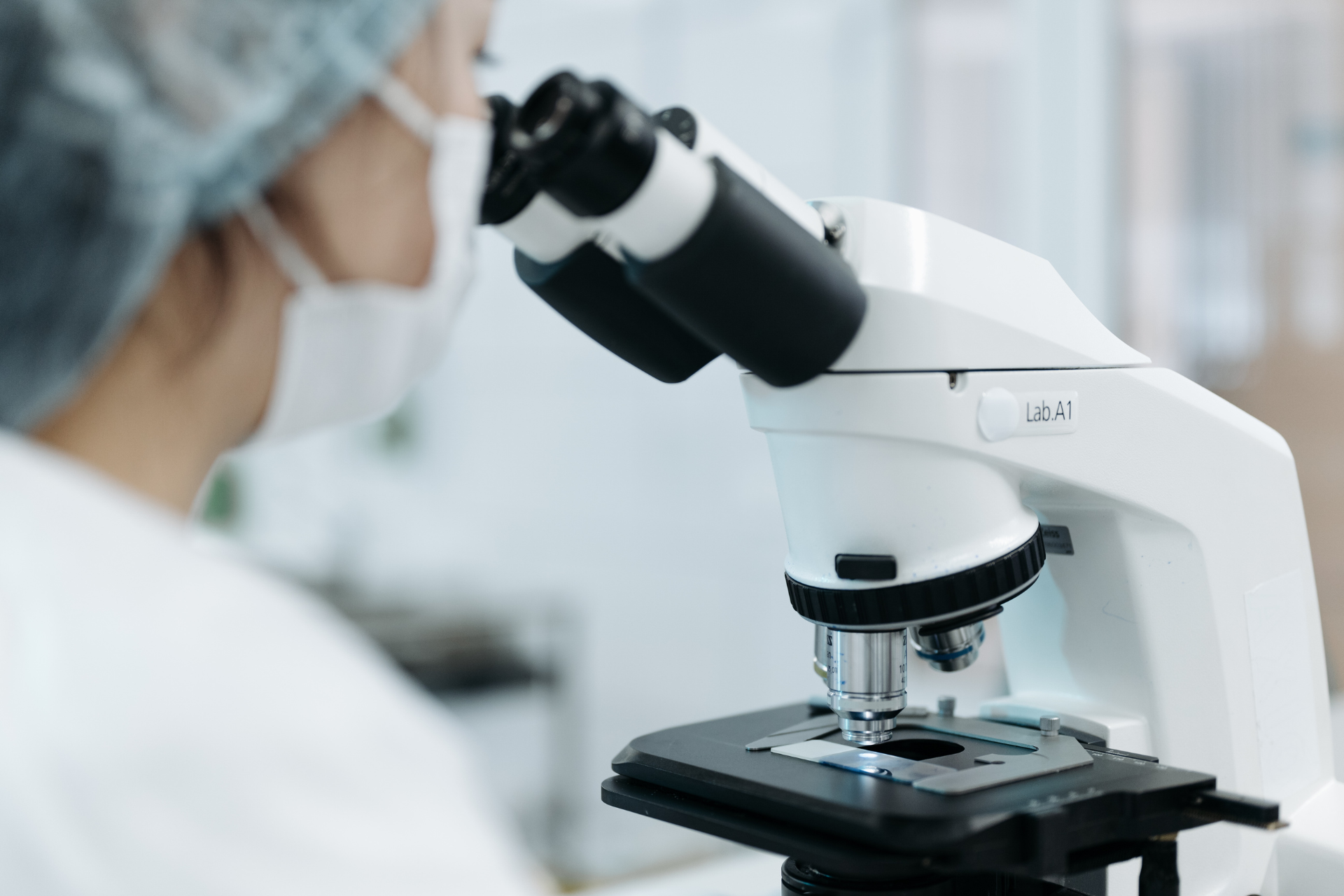
.jpg)

.jpg)
.jpg)

